NGS would not exist without the important discussions at The Panton Arms where Illumina Next-Generation sequencing was invented…sort of.

Professors Sir David Klenerman and Sir Shankar Balasubramanian are being honoured with the 2024 Novo Nordisk Prize for their pioneering work on Solexa sequencing. This led to the $1000 (currently the $200*) genome, which has enabled the era of personalised medicine and also underpins much of our discovery and translational work to bring new medicines to patients.The Novo Nordisk Prize recognises scientists who have provided outstanding international contributions to advance medical science to benefit people’s lives.
Klenerman and Balasubramanian are clearly worthy of this award. At the Dept of Chemistry in Cambridge they co-invented the sequencing-by-synthesis chemistry that has revolutionised our fundamental understanding of life by enabling fast, accurate, large-scale genome sequencing.
“It might sound a bit corny, but the greatest reward is seeing the technology in use and knowing that it has genuinely saved people’s lives. Receiving recognition from this award is wonderful. Shankar and I were fortunate enough to initiate the whole process, but in my mind, the Prize represents acknowledgment of a technology to which a large number of people contributed. They took an idea from a piece of paper and turned it into reality.”
David Klenerman
PS: There’s a great thread on LinkedIn about the development of Solexa, the purchase of Manteia (for their bridge-amplification surface-PCR) with Lnyx, and the lack of foresight at Serono (now Merck) on the possibilities for NGS.
Want to know more about how it started in a pub?
Taken from the Novo press release: In 1994, when David Klenerman and Shankar Balasubramanian met, neither was contemplating DNA sequencing. Balasubramanian needed someone with laser experience to conclude a study, which is how he met Klenerman and started collaborating in a study of the genetic copy machine DNA polymerase. However, the experiments did not proceed as smoothly as they had hoped. To brainstorm solutions, they visited the Panton Arms pub with their two postdoctoral fellows.
“At the time, the Wellcome Sanger Institute nearby was determining the three billion bases of the human genome for the first time ever. The Human Genome Project underscored the need for a more rapid and cost-effective sequencing method. We realised that our work could be adapted to meet this need,”
Shankar Balasubramanian
Their innovative approach revolutionised DNA by employing parallelisation. Instead of analysing one DNA molecule at a time, they fragmented the three billion bases of the human genome into millions of tiny pieces – allowing for the simultaneous sequencing of millions of fragments and speeding up the sequence determination.“Then we could reconstruct the genome sequence by finding and connecting overlapping segments. Key to our process was the colour-coding for the four different DNA bases using fluorescent markers. Each added base emits a specific colour, allowing us to read the sequence as the DNA is being synthesised,” explains Sir David.
In November 1997, Balasubramanian and Klenerman proposed their concept to venture capitalists from Abingworth, leading to the founding of Solexa in 1998, which was acquired by Illumina for USD 650 million in 2007. They overcame significant challenges, and Solexa developed a sequencing technology that was ultimately able to detect billions of coloured spots on a chip and determine how their colour changed as DNA was synthesised step-by-step, to decode the DNA sequence.
“Today’s sequencers can process multiple trillions of bases per experiment, so we have now achieved over a million-fold improvement. In experimental science, million-fold enhancements don’t happen very often. So I believe it is a technology that has made, is making, and will continue to have an impact in the life sciences and human health,”
Shankar Balasubramanian
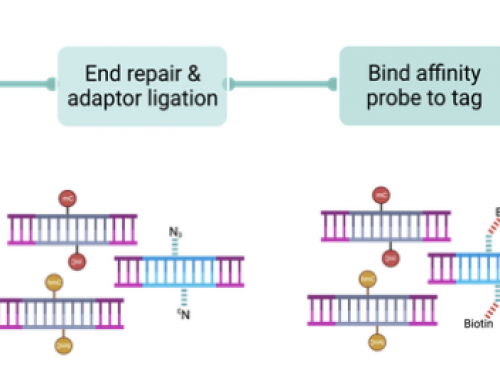
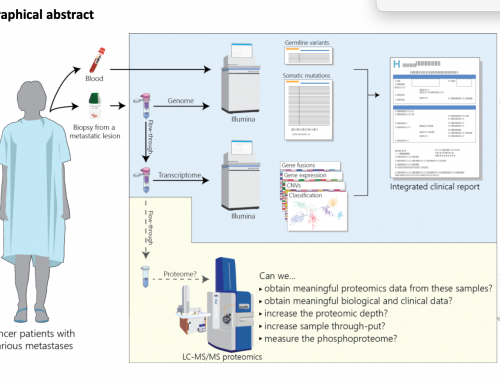
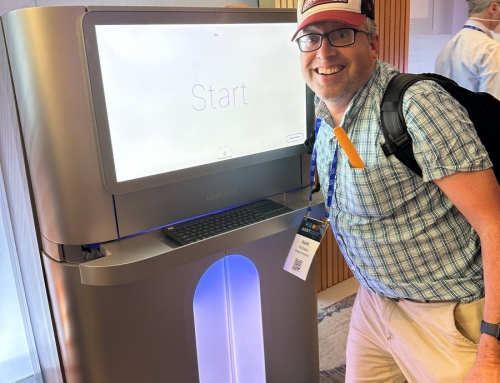
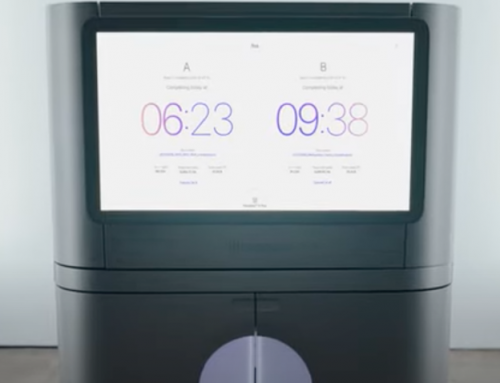
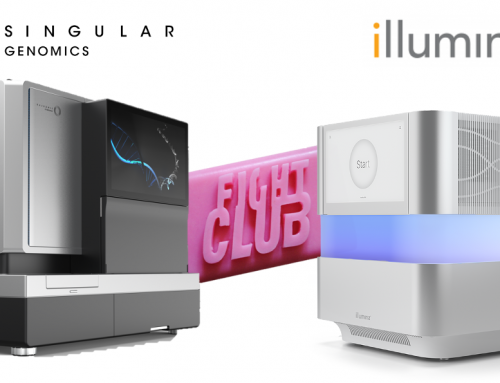



Leave A Comment